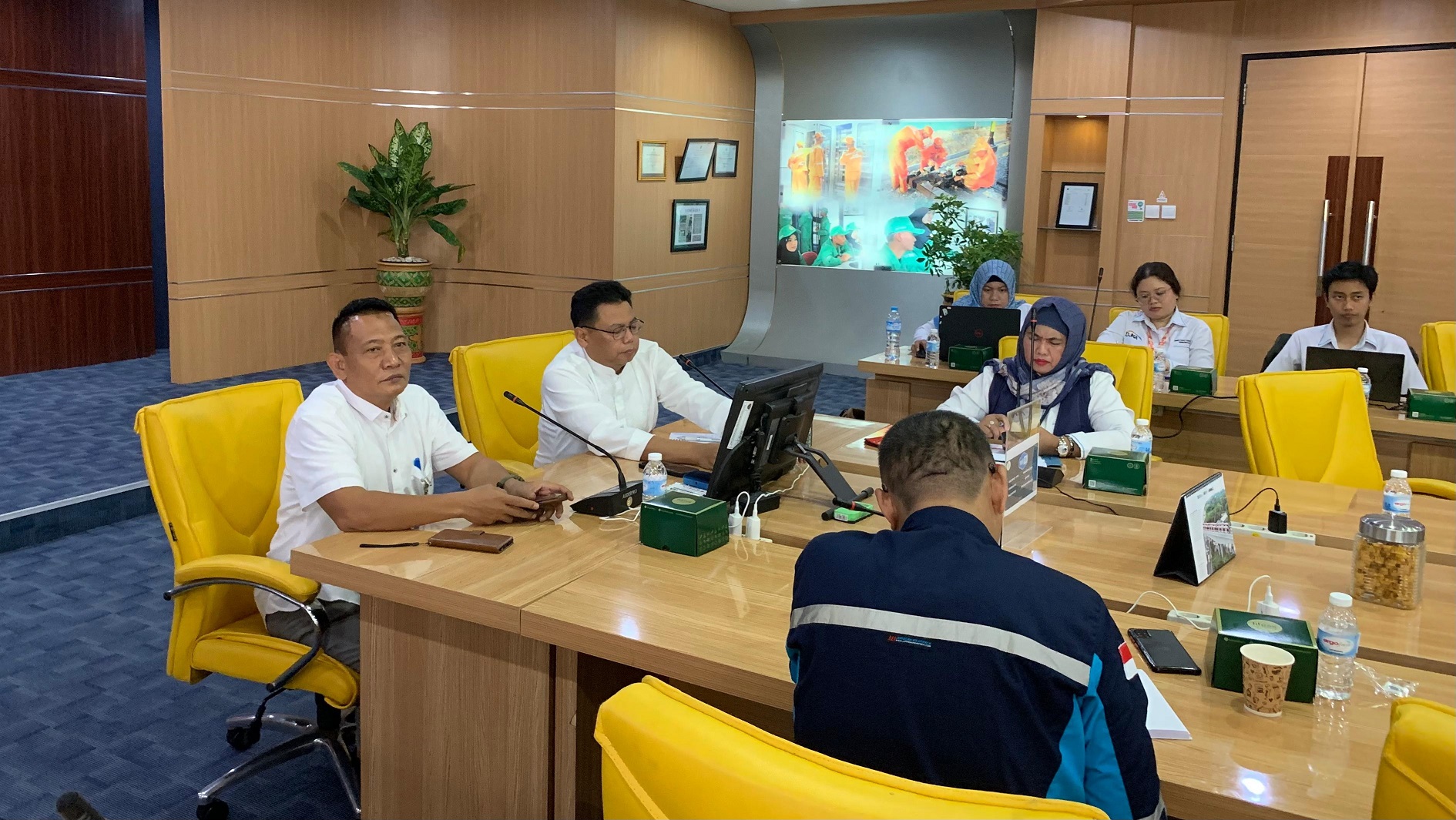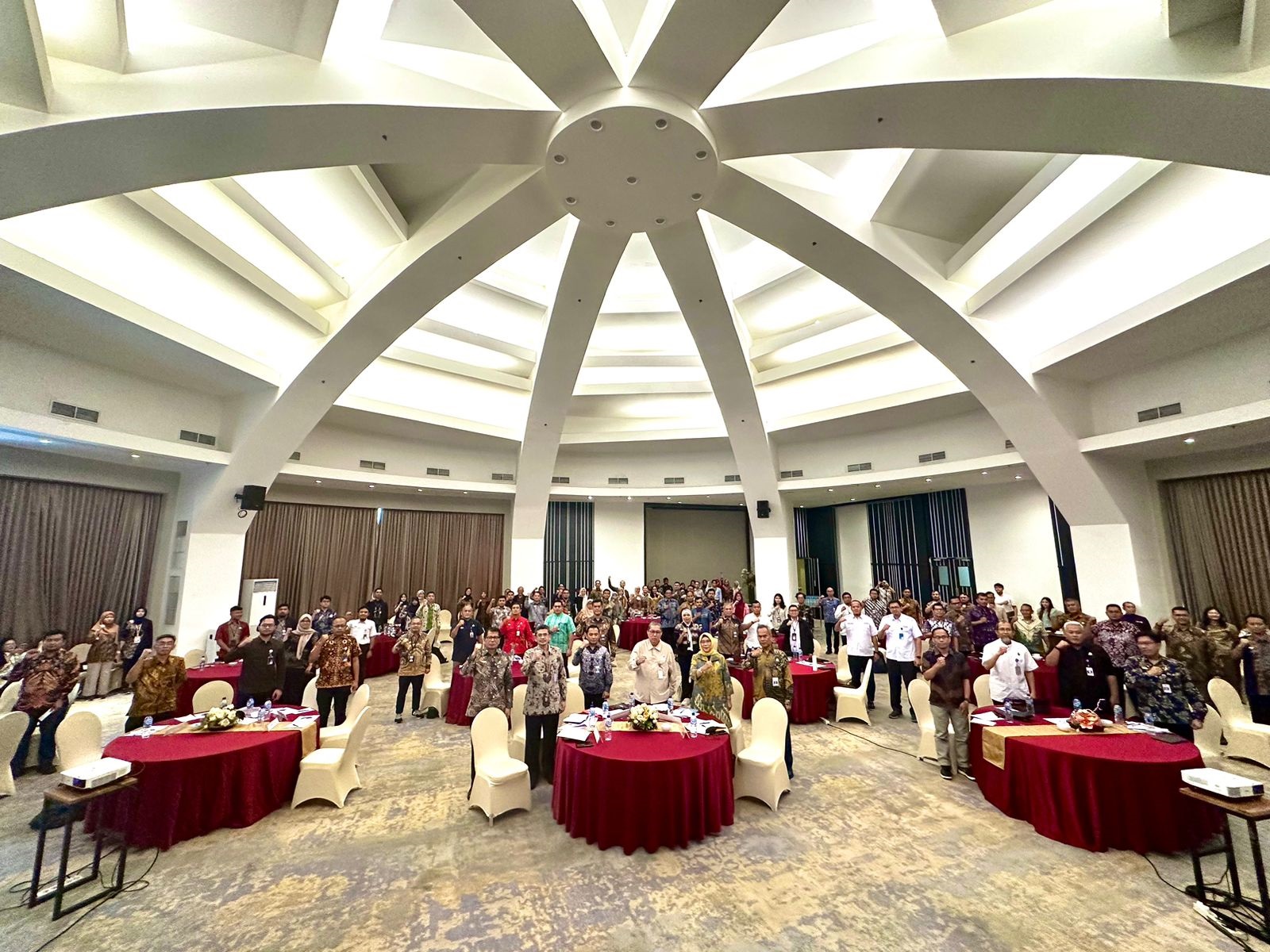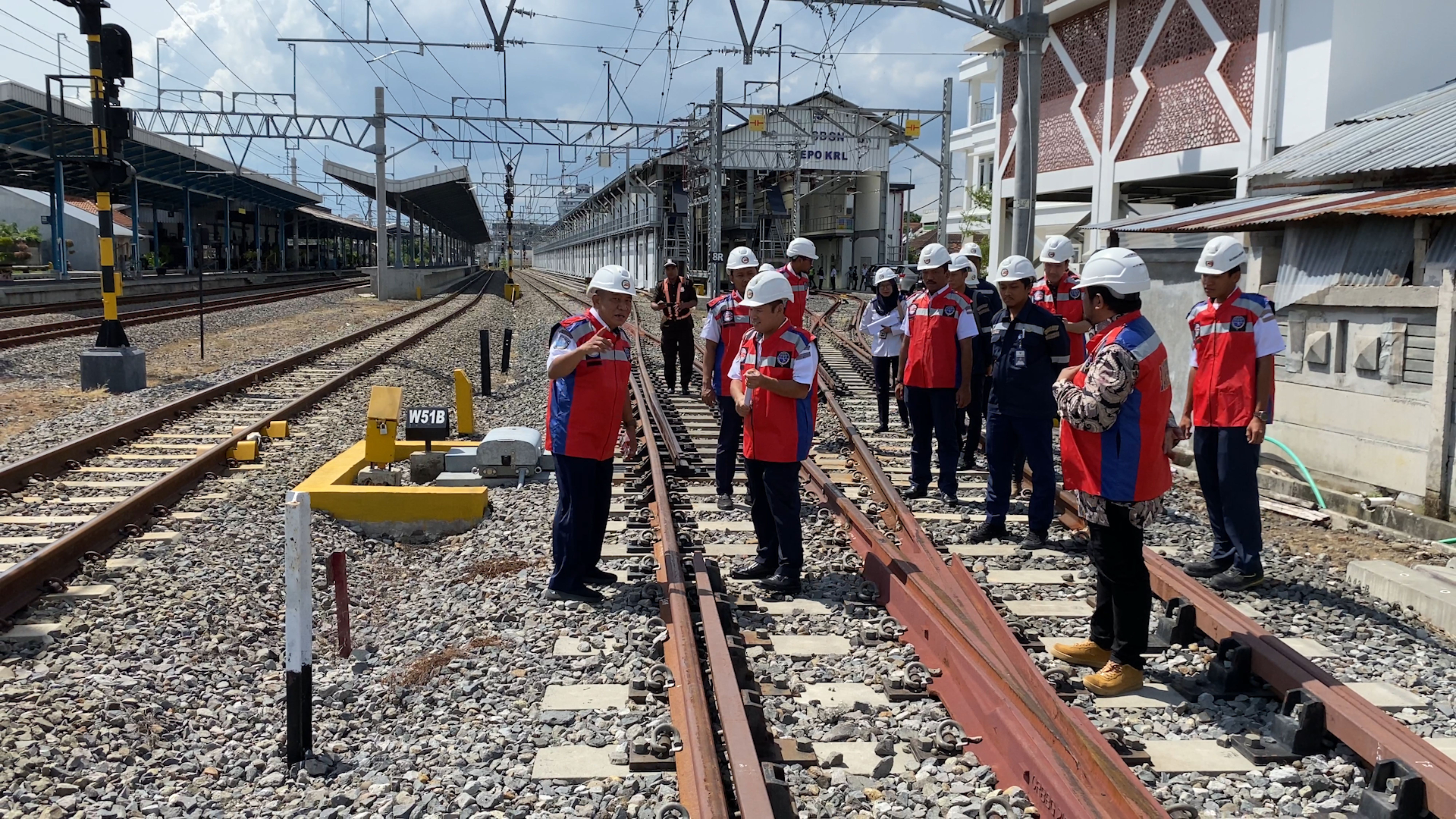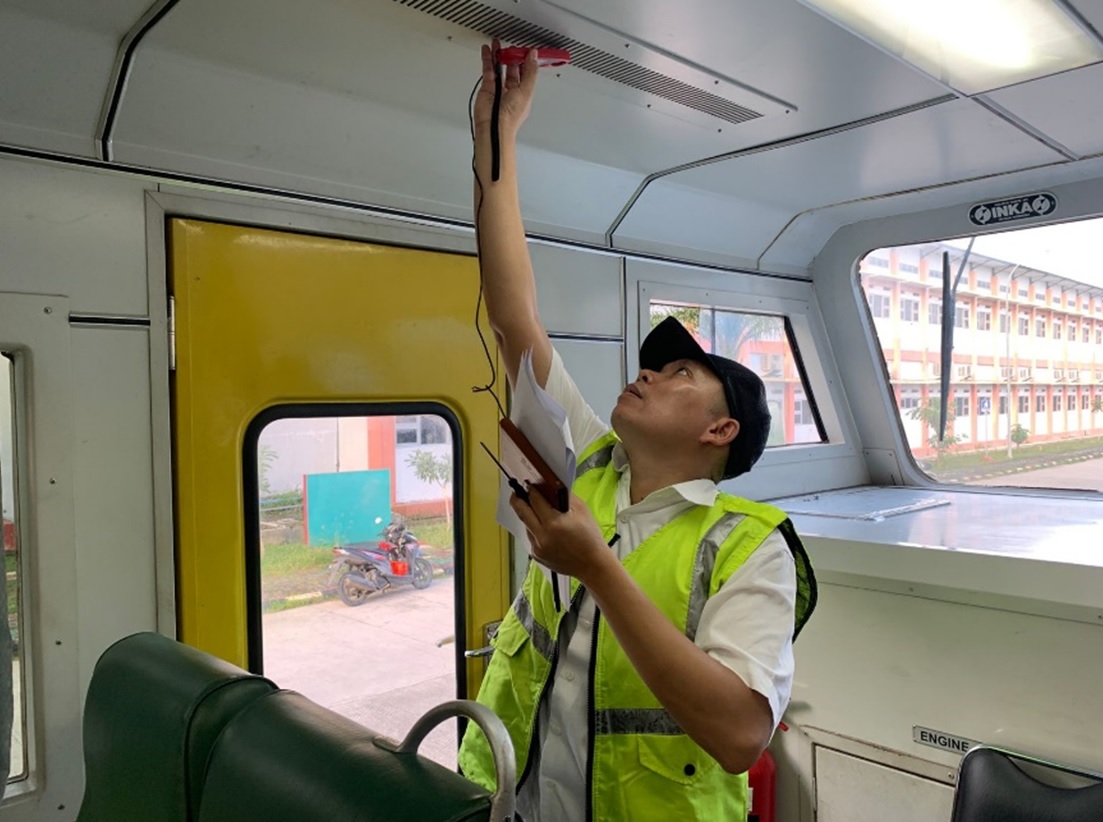YOGYA – SOLO ELECTRIC TRAIN, RAILWAY FACILITIES WITH LOCAL WISDOM DISPLAY

The Yogya – Solo Electric Rail Train (KRL) has been operating for a fee since February 10, 2021, in line with the implementation of GAPEKA 2021. However, some people do not know the advantages of the train that replaces the Prameks KRD. The following is an explanation of the Yogya – Solo KRL facility.
To serve the Yogya – Solo route, in the early stages, 3 Trainsets (TS) with 4 Stam Formation (SF) KfW Electric Rail Trains or commonly referred to as KRL series i9000, and 1 TS KRL with 8 SF JR 205 series have been operated. Please note for KRL the JR 205 series is made in Japan, while the KfW Electric Rail Train is the result of a consortium between PT. INKA Madiun with Bombardier.
Both KfW and JR 205 on the train body and interior have been added with batik motifs that depict the local wisdom of Yogya and Solo. The motif displayed is the Parang Barong batik motif, with a dominant red color to show the distinctiveness of the Yogya and Solo cities, which are centers of batik craft.
Since 2019, the Directorate General of Railways, Ministry of Transportation has revitalized 10 KfW series KRL Trainsets to support the operation of the Yogya – Solo KRL. Currently, there are 4 KRL trainsets in Yogya – Solo, the rest are still in the process of being revitalized by PT. INKA with a target for completion in 2021. It is hoped that the ten KfW series KRL trainsets can support the operation of the Yogya – Solo KRL.
The revitalization of the KfW series KRL includes the addition of a power reduction feature for efficient train electricity consumption, AC replacement, pantograph replacement, livery changes, exterior and interior color schemes, normalization of KRL system performance such as braking systems, propulsion and traction motors, doors, electrical couplers, installation electricity, and communication systems.
The replacement of Prameks KRD with KRL is not without reason. In terms of occupancy, it is much larger than Prameks, better acceleration and reliability so that the headway can be smaller and the comfort of the passengers both in terms of ticketing services and on the train has also increased.
In addition, the use of electric trains is more economical than diesel trains so that the operating costs of forming tariffs are lower. Another thing that is no less important is that the use of electrical energy also supports reducing air pollution and protecting the environment compared to diesel trains. Therefore, future development is to utilize this electrical energy as a train driver.
To optimize the operation of the Yogya – Solo KRL, the Ministry of Transportation has also added KRL service station points from the original 7 stations when served by the Prameks KRD to 11 stations. The additional stations are Srowot, Gawok, Delanggu and Ceper. This addition is expected to change people's habits to be more willing to use KRL.
Prior to operation, the Yogya – Solo KRL had gone through a trial process with limited passengers from January 20 to February 7, 2021. The pilot activity involved elements of the government, media, influencers, and community members with the number of passengers reaching 11,200 people. This data shows that this KRL will become one of the mainstay modes in supporting community mobility, besides being popular, of course. In this pandemic situation, the operator (PT.KCI) has implemented health protocols strictly, both during trials and operations, now one of which is limiting passengers to 74 passengers per train.
The fare for the Yogya-Solo KRL is IDR 8000, flat for all stopping stations. The tariff has received a subsidy from the Government through the Public Service Obligation (PSO) scheme. Many people wonder why the scheme differs from the Jabodetabek KRL. It should be understood that the initial concept of the Yogya - Solo KRL is replacing the Prameks train service, which costs Rp. 8,000. From an economic point of view, this is still far from profitable, therefore the subsidy is very helpful for the community. However, gradually the amount of this tariff will be adjusted. In the future, it is possible that the Yogya - Solo KRL tariff will be calculated in rupiah per kilometer like the Jabodetabek Electric Rail Train.
In a day, there are 20 round-trip Electric Rail Train trips with an average travel time of 68 minutes from Yogya to Solo with 11 stops, faster than KRD Prameks which has an average travel time of 75 minutes with 7 stops. Of course, with this speed, people can work and do activities more efficiently. The payment method is the same as the Jabodetabek KRL, namely by Multi Trip Card (KMT), Commuterpay or bank electronic money card (KUE).











Komentar
LOGIN FOR COMMENT Sign in with Google